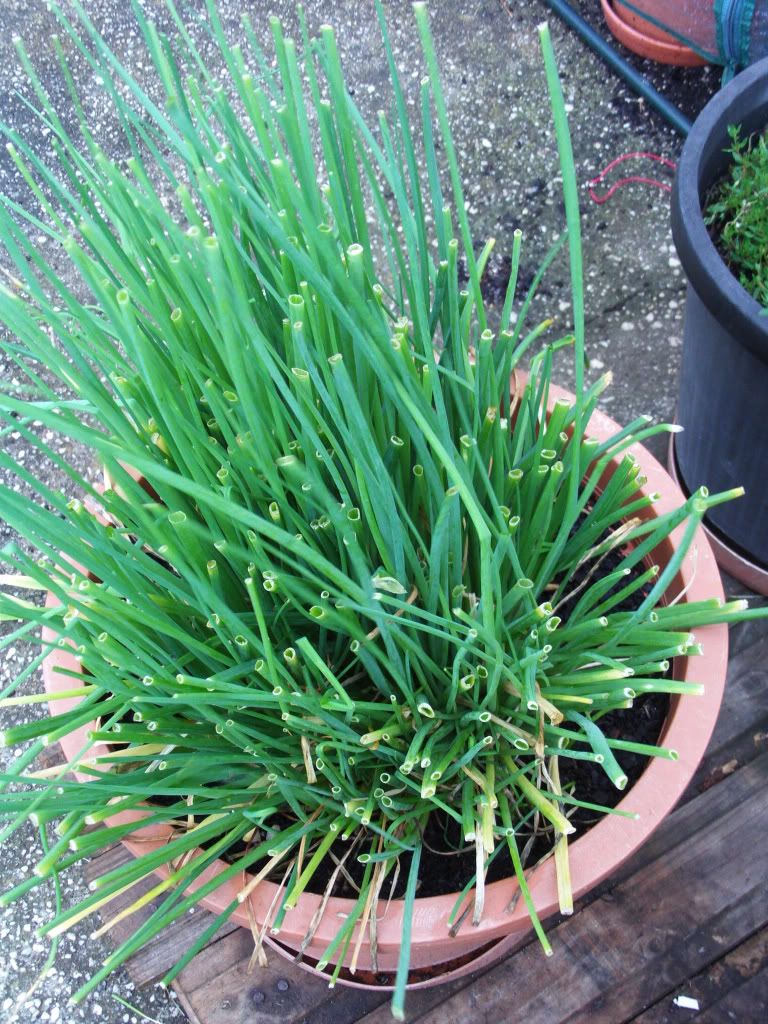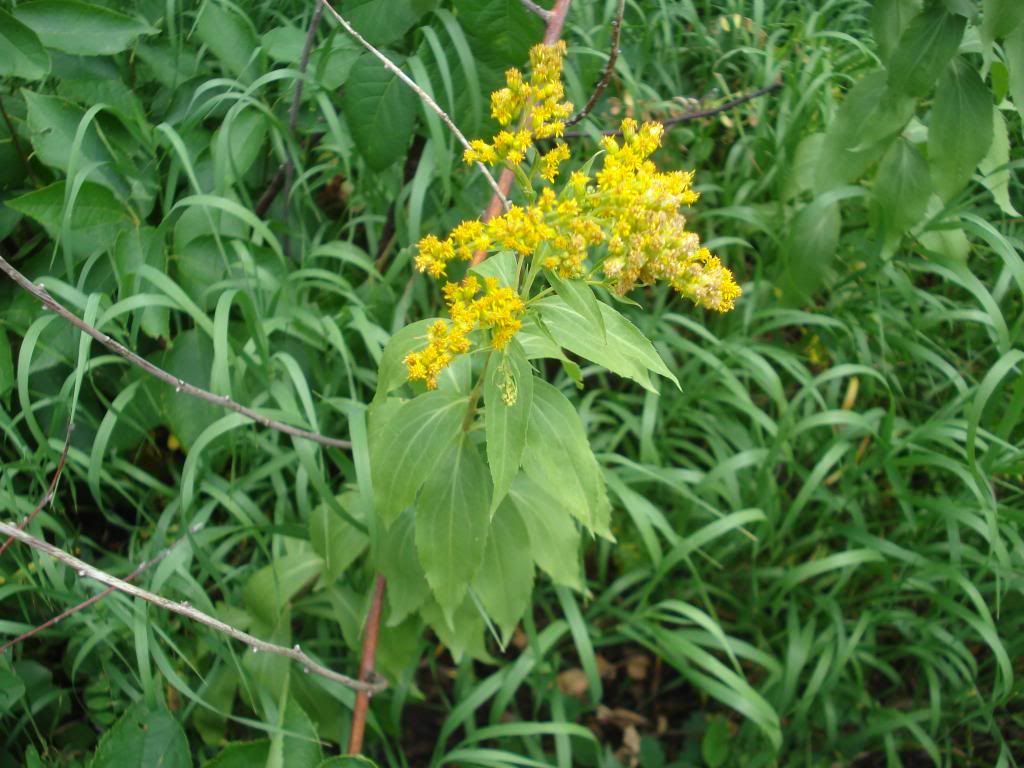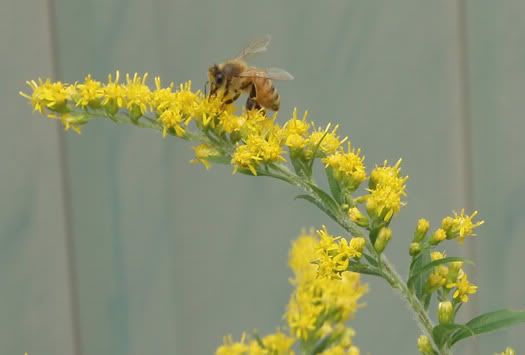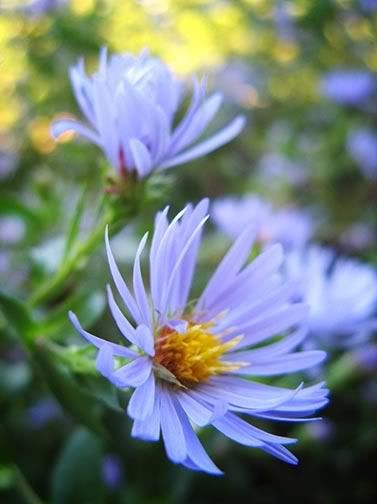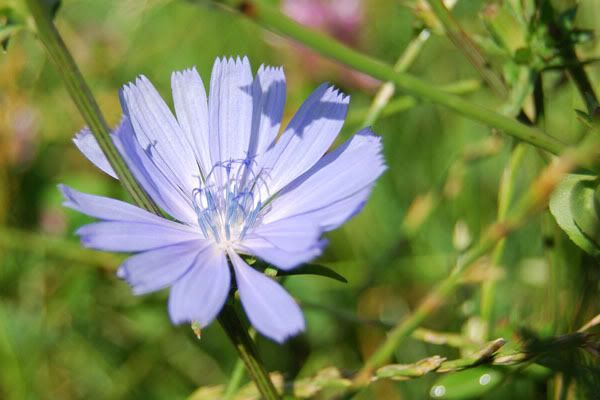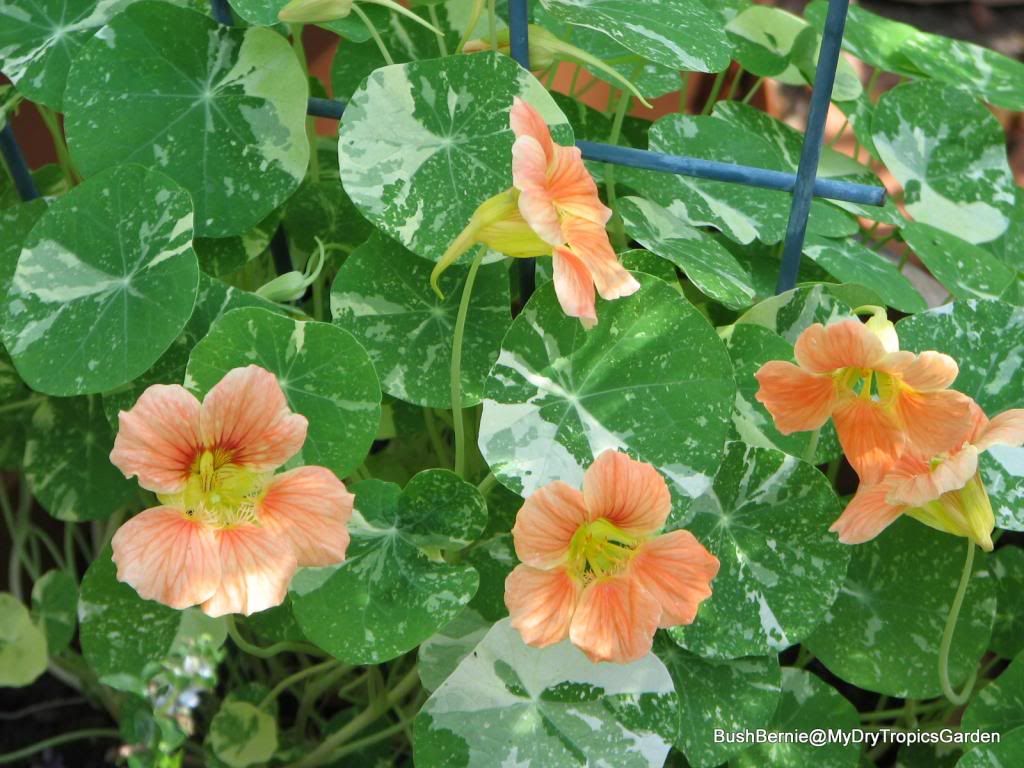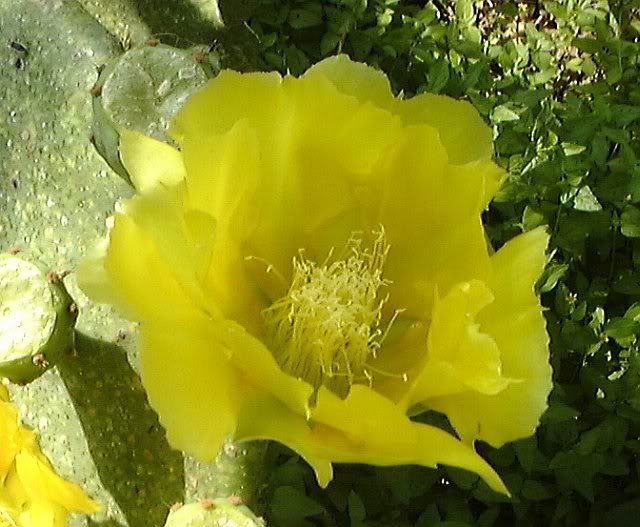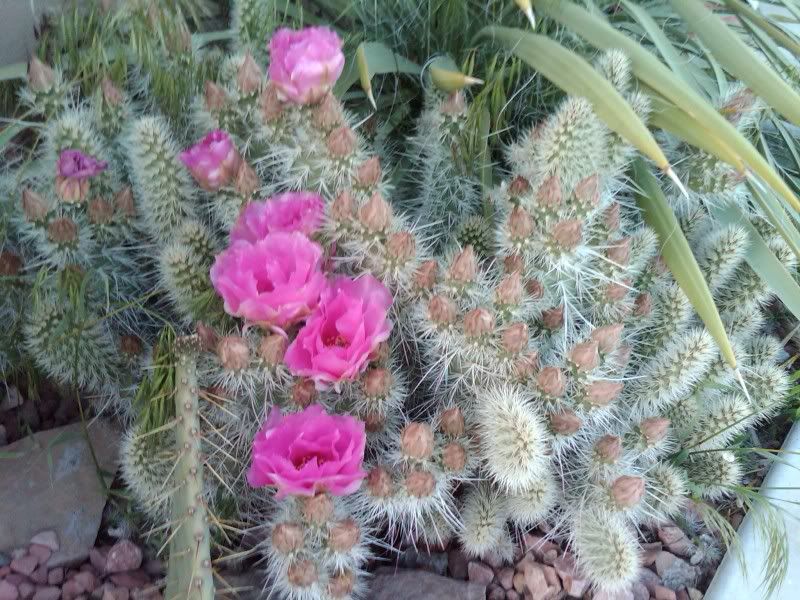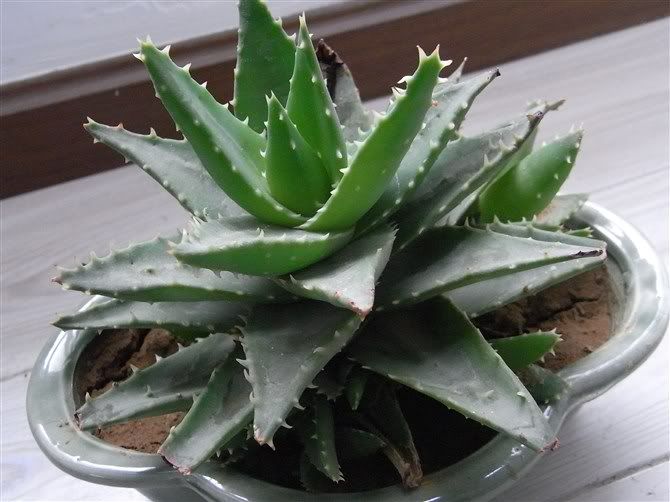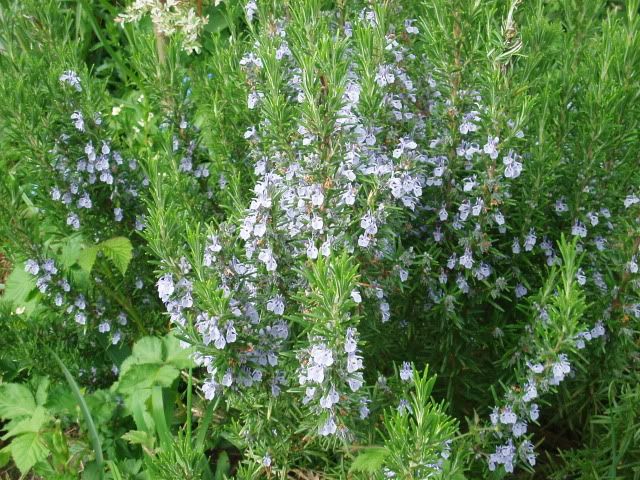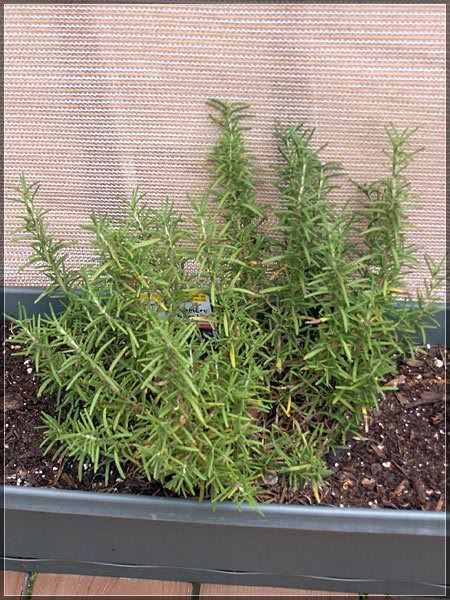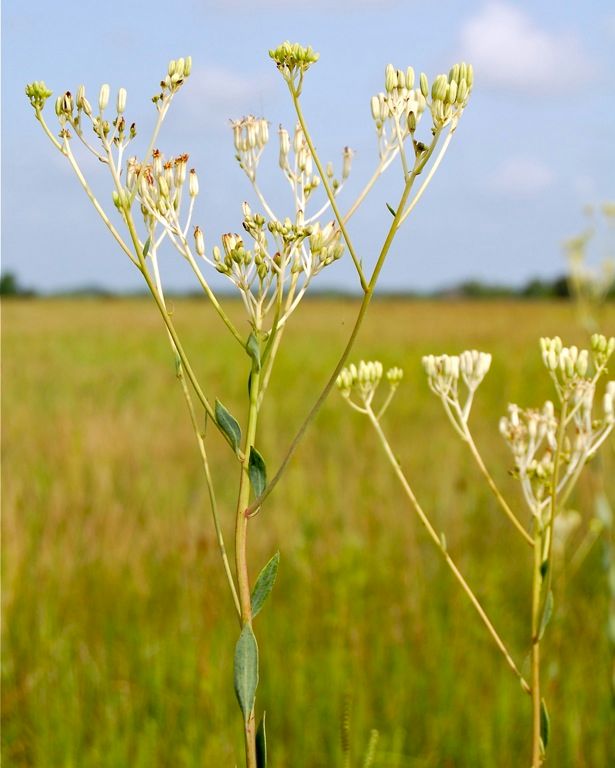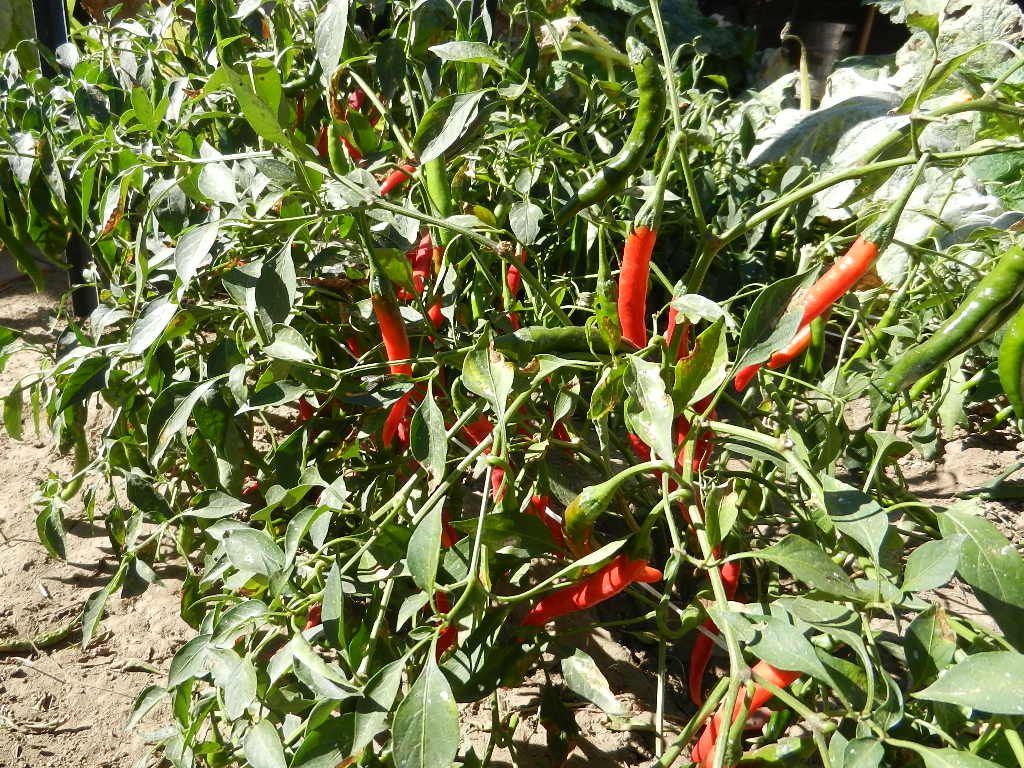Turmeric is a tender perennial herbaceous that grows in zones ten to eleven. It grows to twelve to twenty-four inches tall.
Turmeric is used for a powerful due that for paper and fabrics, and it can be used medicinal. It is a delicious spice that is often used in curries.
Turmeric likes to grow in a prefers a shady, moist habitat., . It is a tropical plant that likes to grow in tropical forests.
This herb is propagated by root divisions. I divide a fresh root of turmeric into pieces, and one of the pieces has an eye because this is where to root will sprout. Plant each piece side by side and I will plant the root pieces about two inches. I will need to keep the pot in a warm place and keep the soil evenly moist. Turmeric takes a long time to sprout. The plants needs to be spaced between fifteen to twenty-four inches apart. If I decide to grow turmeric in a container, I have to plant the turmeric in a pot that is fifteen to twenty-four inches in diameter and about eight inches deep. I water the soil to keep it moist, but not real soggy.
The soil needs to be rich in organic matter and the soil needs to be sandy. When I am growing turmeric in a container, I will provide a loose potting soil mix.
Turmeric is a herb, that does good in a herb that does good in a container. They will also grow good on shady patio or under trees. Turmeric grows real good in food garden, and I raise it indoors also.
Turmeric needs to be harvested in midwinter. I will need to be cut back the leaves and unearth the roots, taking all the soil away. I will need to use a needle-nose spade or garden fork to take the roots out. I will harvest what I want and then I will replant the rest.
The root will yield a bright yellow-orange dye that is used to tint fabrics and paper.
So turmeric is a very good herb to have around because of the great benefits.



